Horses are picky eaters, they will choose the best tasting, most nutritious grass and with their mouth structure they can eat those grasses nearly down to the dirt with their front teeth. Cattle on the other hand must use their tongues to eat forage which does not allow them to eat forage close to the ground.
Effects of Unmanaged Wild Horse Grazing on Riparian Ecosystems and Wildfire on the Devil’s Garden Plateau, Modoc County, California
by Laura K. Snell
Contributor
Working with public land managers in Northeastern California on USFS and BLM land, the University of California Cooperative Extension has been conducting research on wild horse impacts of springs, seeps, and vegetation. This study, started in 2015, has provided thousands of trail camera photos showing the behavior of wild horses, livestock, and wildlife around natural riparian areas.
In otherwise arid sage steppe rangelands, springs provide critical watering sources as well as wildlife habitat for sage grouse, deer, elk, pronghorn, waterfowl etc. These riparian areas also provide habitat for fish, aquatic insects, and plants, some of which are threatened or endangered. Properly functioning riparian areas include a raised water table and dense and diverse vegetation that protect stream banks from erosion and protect the water from evaporation, sediment, temperature fluctuations, and buffer high flow.

Above is an example of a properly functioning riparian area providing a natural fire break during a wildfire on the Modoc National Forest in the summer of 2017. This is an active livestock grazing allotment where grazing is managed for multi-use of rangeland resources. Notice the dense and diverse vegetation, extended water table, and covered stream banks. This area is outside of the Devil’s Garden wild horse territory and not yet utilized by wild horses.
Horses differ from cattle in many ways including the type of forage they can consume. Horses are picky eaters, they will choose the best tasting, most nutritious grass and with their mouth structure they can eat those grasses nearly down to the dirt with their front teeth. Cattle on the other hand must use their tongues to eat forage which does not allow them to eat forage close to the ground. Highly nutritious grasses are located in riparian areas and meadows where horses will choose to congregate all year long without movement and management. This can be seen on the Devil’s Garden Wild Horse Territory in Modoc County, CA.

This picture illustrates the congregation of horses near a natural riparian area in Northeastern California. The horses have eaten all the vegetation under the trees and nearly all the vegetation that is needed to stabilize the spring banks around the riparian area. The water quality suffers as the plants that would provide shade to the water are eaten, causing the water temperature to rise. Vegetation that would provide habitat for aquatic insects, nesting bird species, and many small mammals is gone. A 20% streambank alteration is allowed in livestock grazing situations, when this picture was taken, the alteration was nearly 100%. Livestock are managed and would have been moved from this pasture weeks ago but wild horses are left to graze unmanaged 365 days a year.
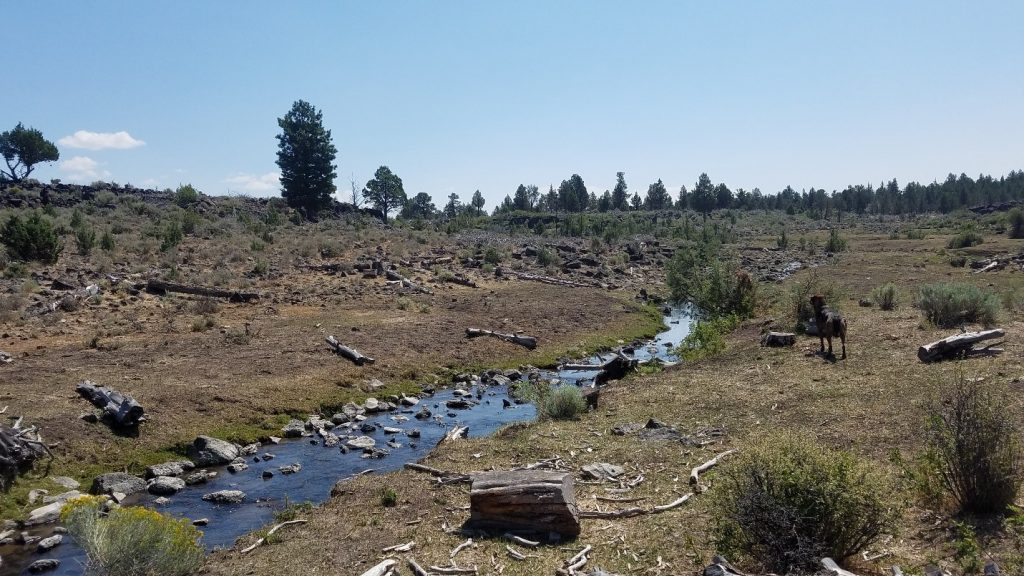
Here is another example of a natural spring that has been overgrazed by wild horses. You will notice that there is very little grass and therefore wildfire would most likely not burn this area. The caveat is that wildfire would not likely burn this are in the first place with good riparian management and managed grazing. The wild horses have degraded the water quality, streambanks, vegetation, and the entire workings of the riparian ecosystem. With management, the water table in this valley would be higher, promoting more native grasses which stay green and pliable later in the growing season which in turn also shade the ground, allowing the ground to stay wetter longer. If a wildfire approached this area, it would most likely die out on its own.
Horses do not choose to walk long distances to eat invasive annual grasses that are the fuel of wildfires in the western United States. Horses instead will choose to stay in these riparian areas and eat every bit of green grass. Only when all the green grass is gone will they walk as short as possible to find other feed.
Wildfires are a natural part of this ecosystem and although there are unnatural fire regimes and fire return intervals at play here and across the west, is allowing wild horses to degrade the rangeland at the cost of every other species a trade-off to decreasing wildfire risk?
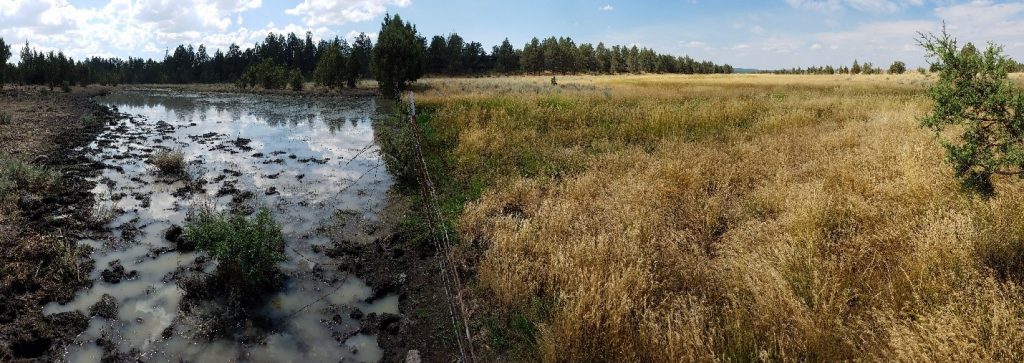
On the left is another example of a highly degraded spring on federal land from unmanaged wild horse use. The right is private land that has been managed with livestock grazing for generations. This picture was taken August 15, 2017 and you can see on the right that the bottoms of the vegetation are still green and the vegetation is dense and diverse. A healthy riparian area can function as a fire barrier and also provide for multiple uses from wildlife habitat, to aesthetics.
Managed grazing can be an important tool to fire depression and resource management. Livestock are used throughout California to maintain road ditches, power line right-aways and even private and public lands. There are nearly 4000 horses on the Devil’s Garden Plateau currently and the established Appropriate Management Level is 206-402. Horses are within the wild horse territory, outside of the territory, and on private and tribal lands. They are spreading outside of their allotted area as their numbers increase nearly unchecked creating additional issues including public safety concerns on highways and moving into developments. Management is the key to solving this problem, saving our riparian areas, and continuing to have public land for multi-use.

Laura K. Snell started working for the University of California Agriculture and Natural Resource Division in spring 2015 after working for the University of Nebraska-Lincoln. She is the county director and livestock and natural resource advisor for Modoc County based out of Alturas, California. Her research interests include range ecology and management, fire ecology, livestock production, and wild horses. Laura focuses on collaborative research with public and private land managers utilizing the nearly 70 percent of land in Modoc county that is publically owned. When she is not conducting research, she spends most of her time exploring the public land surrounding Alturas and training her dog, Zuri.
[paypal_donation_button]
Free Range Report
[wp_ad_camp_3] [wp_ad_camp_3] [wp_ad_camp_3]
[wp_ad_camp_2]
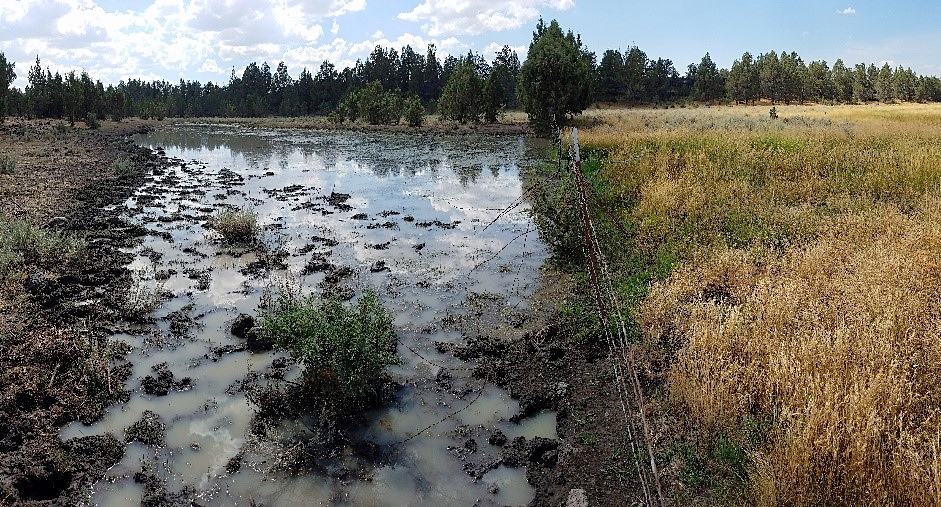
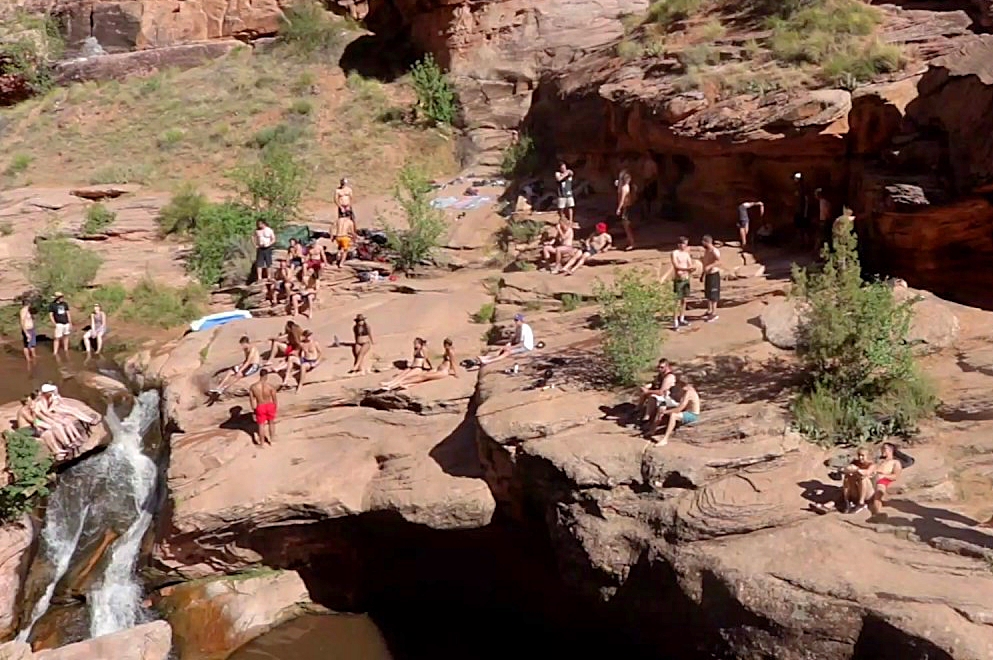

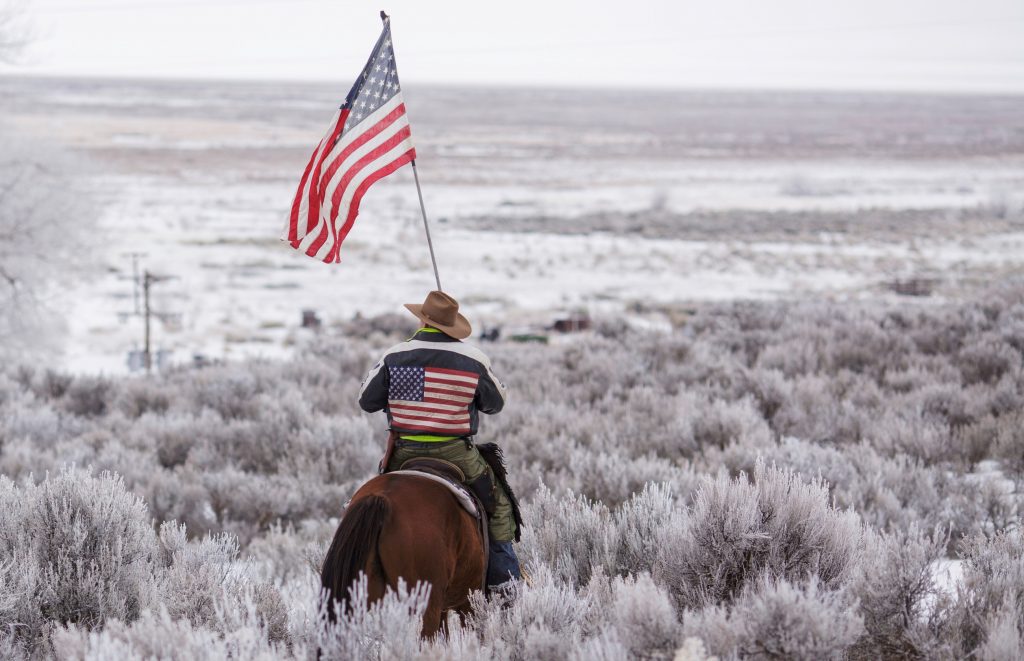
Not only will horses eat the grass down to the ground they will paw until they dig up the roots.
Kippy, You obviously don’t have horses in pastures yearround.
Kippy: What you describe sounds like the behavior of a horse or horses (yours?) that are kept on too small of a lot. When the grass is gone on a fenced lot, leaving only dirt, and the carrying capacity of the ground has been exceeded, and horses are starving, they will do whatever they can to survive. Horses do not dig-up roots; that is just nonsense.
The study ‘Foods of Wild Horses, Deer and Cattle’ (Hansen, R.C. Clark and Lawhorn) describes the browsing and foods of wild horses, and can be found here: https://journals.uair.arizona.edu/index.php/jrm/article/download/6687/6297
Interestingly, and contrary to what some people and hunters incorrectly believe, wild horses do not compete with deer for their foods, and the study found that the dietary overlap between deer and wild horses was just one-percent (1%). In other words, Deer and Wild Horses are ‘commensals’.
Laura, very good summary.
Bill D: You brag in another article comment about sucking the blood of American taxpayers for 35-year employee of the Bureau of Lies and Malfeasance (BLM), so of course we can expect you to give a thumbs up for a report that is laden with junk science and myth, as I have outlined in a comment herein below. For those who want to know more (even FreeRangeReport editors should put an eye on this) about the kind of folks that Bill D was cuddled-up with during his long tenure, here is a BLM document that was revealed under the Rules for Discovery: https://www.scribd.com/document/367279332/Larry-Wooten-Communication-77PI
Now you have a nice day on the retirement money that hard working taxpayers have footed.
1. In addition to apparent conflicts of interest, the subject researcher evidently harbors a peculiar hostility toward wild horses. This bias infects the research. Consequently, the studies are slanted to yield predetermined outcomes that are invariably anti-horse and pro-cattle.
2. The Department of the Interior’s Code of Scientific and Scholarly Conduct applies to all staff members as well as to contractors, partners, permittees, and volunteers. The Code states: “Scholarly information considered in Departmental decision making must be robust, of the highest quality, and the result of as rigorous scientific and scholarly processes as can be achieved. Most importantly, it must be trustworthy.” The subject research is contaminated by conflicts of interest and personal bias. It fails the trustworthiness-test.
3. The limited number of wild horses allowed in Devil’s Garden is not appropriate but arbitrary, set as low as possible to maximize livestock-grazing slots (AUMs). However, by law, the Garden is supposed to be a territory dedicated to the mustangs’ principal benefit. Further, the overpopulation-claim is questioned. Too often, such estimates correspond to herd-growth rates that are biologically impossible.
4. Cattle are the picky eaters! Hanselka et al. (2002) found that cattle prefer tender new growth and will even return to patches previously grazed to get at that new growth. Meanwhile, wild horses are like lawn mowers. They shear off the top growth — the dry, unpalatable layer. So, there is actually symbiosis in the Forest — wild horses graze the coarse, old-growth while cattle graze the fresh, new growth. Thus, wild horses make conditions better for the Forest and better for livestock by consuming the old growth, thereby making the new growth available.
5. Equids enhance livestock production. It may be counter-intuitive but it’s true. Experiments by Odadi et al. (2011) demonstrated that cattle gain more weight when grazed with equids — 60% more! Where could ranchers find such an advantage that costs them nothing? The range-war, pitting horses against cattle, must stop now. Forage-grazing is not a zero-sum game. The cattlemen need to know the scientific facts and not be misled by a disinformation-campaign.
6. Cattle are the likely suspects for damage to riparian areas. As Bailey (2004) noted: “Livestock often congregate and heavily graze riparian areas and other sensitive rangeland, while abundant forage remains in other areas.” McIver (2004) addressed the preference of cattle to graze close to water — they like to stay within 200 meters of it — approximately 220 yards. In view of this proclivity, to protect riparian areas from cattle, McIver recommended providing a second, off-stream water-source sited so that “cattle should not have to walk more than 200 to 300 m to water (Gillen et al. 1984, Gerrish et al. 1995, Pfost et al. 2000).”
7. Wild horses do not linger in riparian areas. Their practice is to visit a water-source, take turns drinking, and then leave, roaming far away to graze. How far away? Hampson et al. (2010) found that it ranged from 8.1 to 28.3 kilometers — 5 to 17½ miles — per day, with an average of 15.9 ± 1.9 kilometers — 10 miles ± 1 mile — per day.
8. So, let’s compare and contrast the grazing and watering habits of cattle versus wild horses. To make the job easier, we’ll express those kilometers, meters, and miles in terms of yards. What a stark contrast: While cattle typically camp out within 220 to 330 yards of water, wild horses move an average of 17,388 yards away — in round numbers, 50 to 80 times farther.
9. Streams and roads that used to serve as firebreaks are no match for today’s megafires. The fuel-load must be reduced immediately. Prescribed burns too often get out of control, and herbicides pollute ground-and-surface water. So, what to do? Send in the cavalry! Indeed, Siskiyou Mountains resident William Simpson has submitted a well-designed proposal to deploy wild horses to graze down the dry old forage that would otherwise become fuel for wildfires. Horses are perfect for the job because they roam, because they access remote areas, and because they love dry old forage. Plus, they work for free. Simpson calls his plan the “Wild Horse Fire Brigade.” Elected officials are supporting the concept and high-level administrators in the Department of the Interior are actively considering it.
10. Firefighting is devouring the Forest Service’s budget. As of 2015, more than half — 52% — of the USFS budget was spent fighting wildfires, up from 16% in 1995. According to projections, by 2025, two-thirds — 67% — of the USFS budget will be burned through by fire-suppression costs. At Interior, “[t]he costs of wildfire preparedness and suppression now account for 76 percent of the DOI wildfire management program budget ….” Consequently, fuels management and restoration efforts suffer. Making matters worse, significant funding-cuts are being imposed. Wild horses to the rescue! They are the no-cost, all-natural, effective solution.
I had to chuckle when I saw Ms. Snell’s tired-old debunked article pop-up again this morning, many months after it was first circulated.
She’s been showing these photos of empty fields with unsupported claims about what she says did the damage, offering nothing which prove the pontifications she then proceeds to make. Is this science? Conjectures based upon photos of empty fields?
Anyone else could use her photos and argue that a herd of cattle did the damage to the same effect as the unfounded allegations made by Snell.
A little background:
I was raising polled Hereford cattle and sheep and in the FFA, likely before Ms. Snell was born, and certainly while she was just a small child. I know first-hand what cattle can do. Having butchered cattle (and other livestock and game) on the ranch, and all that it entails, I had a solid understanding of their anatomy. And back then our horses were important tools for managing our land and animals, so I’m also very familiar with domestic horses as well.
Unlike Ms. Snell, I have lived in natural wilderness ecosystem with wild horses for the past 4-years, where we also observe the occasional cattle that transition our lands, which are part of vast open-range. In the past 4-years I have collected thousands of photos and dozens of videos. I have catalogued more information about wild horses than Snell can imagine from her relatively scant ‘field trips’ to visit areas where horses supposedly were.
These factors, combined with the observational skills and understandings stemming from a background in college sciences along with tens of thousands of hours of actual in-person observations provide me with the practical experience and tools to document with accuracy the facts on the ground in regard to the behavioral ecology of wild horses, and doing so in contrast to cattle.
A glaring example of just how wrong Ms. Snell’s assertions are is provided by comparing her statement in the article and cited just below to the actual video of a wild horse grazing in the wilderness.
Snell wrote: “Horses are picky eaters, they will choose the best tasting, most nutritious grass”
OK, now here is a video (proof) of a wild horse consuming a woody oak bow and its dried leaves:
https://drive.google.com/file/d/0B5zON7zDatuqZG9sOWFxdVFuNWc/view
As we clearly see, Ms. Snell doesn’t understand what wild horses eat.
Some of my detailed studies include photos that show hoof-prints in native pastures, and unlike Snell, I provide the physics (hard science) that details the range-land damages by cattle in the same areas used by wild horses, as we see in theses article:
1) https://www.horsetalk.co.nz/2017/10/23/three-great-myths-america-wild-horses
2) https://www.horsetalk.co.nz/2017/09/25/evolution-wild-horses-cattle-effect-range-damage
Based on the comments Ms. Snell has provided, anyone with a complete and genuine understanding of the behavioral ecology of wild horses would have to disagree with her and her so-called study.
And like the ‘let it burn scientists’ of the environmentalist NGOs, she is from my chair carrying a politically inspired narrative designed to further demonize wild horses in an attempt to remove the remaining wild horses from the areas that were dedicated to them by the 1971 Wild Burro and Horse Protections Act, by Congress.
According to the USDA, there are approximately 100-million head of cattle in America today. According to the best population reports on wild horses, there are less than 67,000 wild horses left running wild in America.
There are numerous studies on range and riparian damage, which were conducted by scientists that soundly contradict Ms. Snell’s assertions, which seem dubious at best when compared to non-politicized science.
Here is yet another study that debunks Laura Kay Snell’s assertions: http://www.publiclandsranching.org/htmlres/wr_history_politics.htm
Some people in the cattle industry continue to desperately attempt to paint wild horses as a current problem on public lands by stating they are damaging to range-lands. But it is well-known that cattle and sheep operations have wreaked more havoc on US rangelands than all other species combined over the past 5000 years, as cited by Professor Thomas L. Fleischner, Ph.D. to wit:
“The most severe vegetation changes of the last 5400 years occurred during the past 200 years. The nature and timing of these changes suggest that they were primarily caused by 19th-century open-land sheep and cattle ranching.”
And as we think about the foregoing statement, let’s keep in mind that in the times of early American history, there were tens of millions of horses in America.
Snell also goes way-out on a limb and ventures her views as to the genesis of wildfire and wildfire mitigation and management. Members of my own family (myself included) were loggers (before other half-baked scientists ran us out of the woods over an owl) when we weren’t working on the ranch, and after we left home.
And when wildfires sprung-up, unlike Snell, we were working the fires falling trees and driving dozer and water trucks. Feeling the heat of these fires gives you a real appreciation for what they are all about. Nevertheless, I have interviewed several boots-on-the-ground firefighters, including a fire captain for Oregon Dept. of Forestry with years of wildfire experience, who wrote this to me, after seeing the land where our wild horses graze and having previously reviewed Snell’s article which appeared elsewhere months ago. Here is what that very experienced firefighter said:
“I still like the idea of the horse and I would love to see a controlled area with them to really see what they are capable of. I have seen the work they have done on your property and it looked good but spotty with the low numbers they have. Additionally I really think they have a place in the fuel reduction world.”
So as we can now see, Laura Kay Snell has been roundly rebuked on every level.
The people in the cattle industry and their operatives who repeat these myths and false narratives have done and continue to do a grave injustice to the reputation and the natural history of America’s native-species wild horses, which have been an integral part of the great American tradition and a great blessing to mankind; literally a gift from the Creator. America was built off the backs of horses, and we exported our horses overseas to fight our wars off their backs, so where would we all be today without their mutualism with man?
In today’s disposable society, where loyalty, integrity and honor seem to be vanishing commodities, in lieu of superficial just-in-time gratifications, we must hold the line for truth.
We cannot just disregard the truth or allow science to be influenced by politics and money, as is addressed in this peer-reviewed study about the intellectual dishonesty in science today: https://www.ncbi.nlm.nih.gov/pmc/articles/PMC5206685
If the cattle industry wants more grazing then they should just say so and end the false narratives about wild horses.
Honesty is always the best policy.
Capt. William E. Simpson II – USMM Ret.
Member: Authors Guild
IMDb
Muck Rack: https://muckrack.com/william-e-simpson-ii